We recently had an opportunity to talk with Amy Eldridge, founder and director of Love Without Boundaries. LWB began in 2003, in an effort to help save the life of one tiny boy in China, and now operates ongoing programs – education, foster care, healing homes, medical and unity initiative, and nutrition – to care for some of the most fragile, vulnerable and critically ill children in China and around the world.
You can read more about Love Without Boundaries and the brave and precious children impacted by in Amy’s book, The Heart of an Orphan.
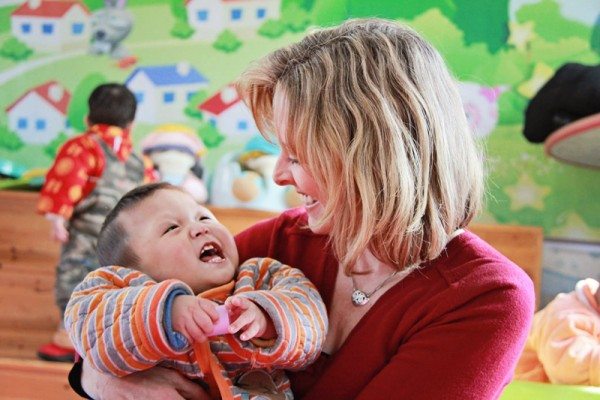
Q: Tell us a little about Love Without Boundaries.
LWB began in the year 2003, after I had visited my daughter’s orphanage for the very first time and met a tiny baby who was struggling to survive with complex heart disease. It was absolutely amazing to see the outpouring of support that was given for that beautiful child from the online adoption community, and within weeks after my visit all the funds were raised for him to receive life-saving heart surgery.
Soon after that surgery, we made the decision to start a formal charity in order to bring hope and healing to even more orphaned children. In the last 13 years, we have grown into an organization working in almost every province in China, with thousands of children now receiving help through one of our many program areas.
For medical care, we arrange surgeries for children with a wide variety of medical issues. We also have a yearly cleft surgery exchange between US and Chinese doctors.
For education, we run in-orphanage schools for children with special needs who can’t attend public school, and we also provide tuition support for orphaned and rural children who otherwise wouldn’t be able to afford high school.
For foster care, we have programs in 15 Chinese cities as we believe so strongly that every orphaned child deserves to be raised in family care. For nutrition, we provided help ranging from preemie formula to school nutrition to providing fortified rice cereal to infants and toddlers. Through our healing homes program, we bring the most vulnerable children abandoned with medical needs into our full-time care to receive the nurturing care they need to thrive.
We also do a lot of work with family preservation, by providing medical care to rural families desperate to heal their children and by doing projects such as providing free cleft bottles to maternity hospitals. And yes, I know that is a lot of different programs to keep track of, but we are so blessed with amazing team members who somehow make it all flow wonderfully.
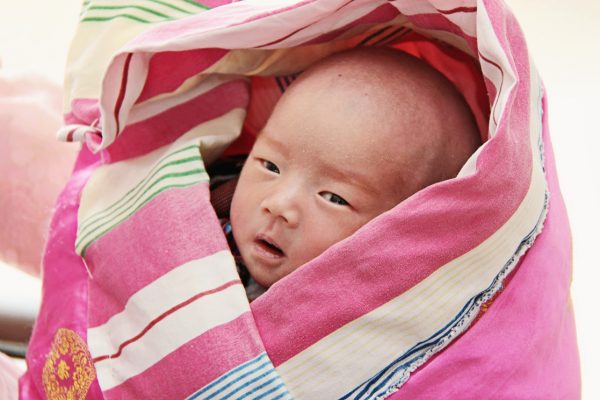
Q: Where is LWB located?
That’s a hard question to answer, because we don’t have an actual brick and mortar office building. We have volunteers working for LWB in over 15 countries, and everyone works remotely from home computers. We are incorporated in the state of Oklahoma, but every single day we can have a volunteer in Ireland talking to a foster care coordinator in Australia who is asking for medical advice from a team member in Wisconsin, while skyping with a director in China.
It is truly a worldwide group of people who are passionate about making a difference in the lives of vulnerable children, and it is very cool to watch all the moving pieces each day (although scheduling conference calls with all those time zones is a wee bit challenging at times!)
Q: What is the mission of LWB?
Our official mission statement is to provide hope and healing to orphaned children, but our vision statement is what really speaks to my heart:
When I think about LWB, I always want it to be a charity where every individual child matters and where we treat the children who come into our hands as if they were our very own. What our team members and foster parents and teachers in China are modeling to their local communities is that every child is worthy of love and every child has a purpose in this world. That is a very powerful message indeed, and I get to see the results of that belief transforming lives every single day.
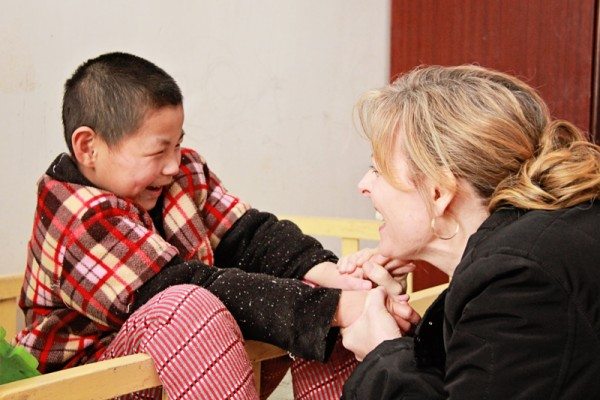
Q: What is the age range of your kids?
LWB has orphaned children in our programs from newborns up to age 25-26. We have such strong partnerships now with many orphanages that they will often call us the moment they hear of a newly abandoned baby with medical needs. Because of this, we will often have babies come into our hands who are just a few hours old.
We also support orphaned children with education programs and essential life skills training as they age out, so we have many older teens and young adults we are assisting. In fact, one young man who has been in our programs since he was 14 will soon be receiving his medical school diploma! We believe he will be one of the first doctors in China who grew up in orphanage care. We are beyond proud of what he has accomplished thanks to his sponsors’ support.
Q: Does your organization do anything to prepare the children for adoption?
We are continually working with our orphanage partners to encourage open communication about adoption to the children they serve. LWB is passionate about both domestic and international adoption, and we’ve done projects such as our Adopt Special Needs website and our advocacy videos on specific special needs.
A few years ago we interviewed children in orphanage care about “What is Adoption?” which I still believe is a very important video for adoptive parents to watch, to better understand that these children really have no idea in most instances what is about to happen to them when they join a family.
I have had many long talks with orphanage directors about this topic, however, and I don’t think we as adoptive families often realize the issues that orphanages face when it comes to balancing explaining adoption to a child in their care while also not upsetting the rest of the children in that orphanage who will never find a permanent home. It is a very fine line. Many orphanage directors really struggle with the question of when to tell a child about a family, because the reality is that many times a family chooses a child but then doesn’t actually complete the adoption.
I know children who were told they had a family coming multiple times, but each time the family backed out. So I have had orphanage directors tell me they don’t tell a child he or she is being adopted until they are on the way to the Civil Affairs office, because the staff don’t fully believe the family will indeed show up.
This is the same issue with care packages being given. Some directors won’t do it ahead of time in case the family backs out, but also because they can make the other children in the orphanage who aren’t being adopted feel terrible. I have seen the other children’s sadness and even anger when they are left behind while others are adopted, so it is a very complex issue indeed.
In an ideal world every child would be adequately prepared for adoption, but I now understand just how complicated it can be when so many other children remain unchosen. Their feelings and emotions must be respected as well.
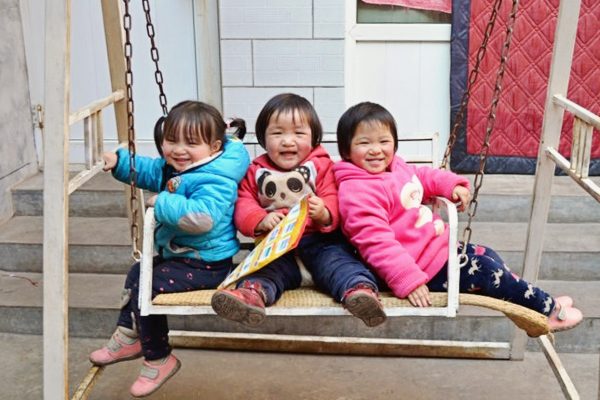
Q: What recommendations do you have for adoptive parents preparing to meet their child for the first time?
LWB published a series of articles several years ago called Realistic Expectations that I would encourage every potential adoptive family to read.
Talk to other families who have adopted children with the same medical needs or who have adopted older children, and be willing to listen to the hard stories. Every adoptive family should realize that no child who has lost their birthparents and lived in an institution has escaped trauma, and so I always tell people to read everything they can on parenting a hurt child.
What I have come to realize after doing this work for 13 years is that there is no magic way to know which children will adapt quickly to life in a new family and which will fight tooth and nail to protect their hearts from ever being hurt again. We’ve all heard the saying to prepare for the worst and hope for the best, but when it comes to adoption….that is truly the most basic advice one can give.
Q: Is there a specific success story you’d like to share?
Oh there are so many from our various program areas that it would be very difficult to choose. I have an entire file of “before and after” photos that I sometimes look at when I am feeling discouraged – and it is just amazing to me to see the changes that occur in a child’s life when they are given full time nurturing.
Baby Auden is just one of those stories.
He came into our hands after becoming failure-to-thrive in an orphanage, due to being born with Down syndrome. We were able to move him to one of our healing homes, where he got high quality formula, medical care, and lots of loving…. and now he has transitioned to foster care in his birth city. He was the first baby with Down syndrome to be placed into family care in his town, and all the neighbors on his street adore him now. I love that our programs are also working to help overcome stigmas surrounding special needs in China, and I have seen that type of acceptance for a child happen again and again.
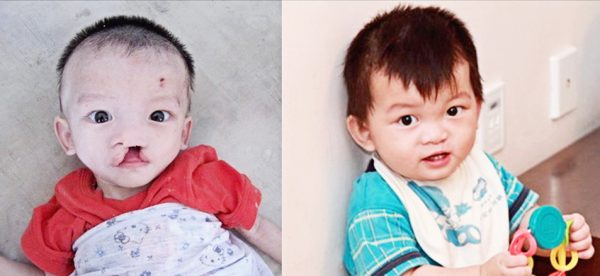
Another child I think about a lot is little Will, who also was failure-to-thrive from being born with cleft lip. He was served by all of our program areas, and we were all overjoyed when he was chosen for adoption. We have never been able to find out where he was adopted to, however, and we have so many wonderful photos of him we wish we could share with his new parents. So if anyone knows who Will’s new parents are – have them contact us!
Q: How much is a monthly sponsorship?
Most of our sponsorships range from $25 to $50 a month, depending on the program area, although we accept sponsorships in any amount. We have some wonderful supporters who give a few dollars a month, and that touches our hearts just as much as someone giving $100 a month. We are so grateful to everyone who gives to help the children.
Q: What does the sponsorship cover?
This depends on the program area, as different programs provide different services.
School sponsorships actually also include a nutrition component for the children during the school day as well as a dental component.
Healing home sponsorships help cover everything from specialized nanny care, high quality formula, medical support, etc. Most of our sponsorship programs require 2-5 sponsors per child depending on the program. For example, in foster care, a typical monthly stipend to a Chinese foster family is 1000 rmb a month (around $166). This covers all of the child’s basic needs. Our foster care sponsorships are $40 a month, so we need multiple sponsors in order to cover that cost.
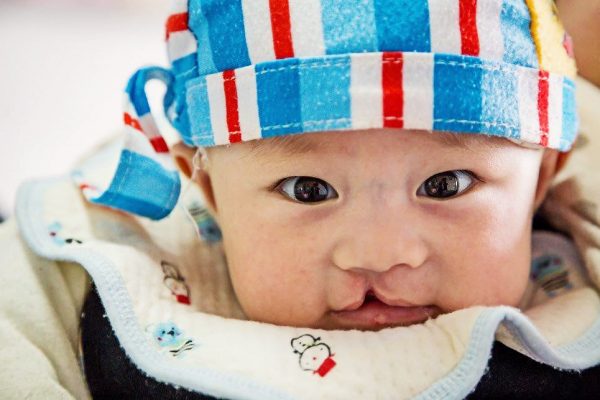
Q: What percentage of the sponsorship cost goes directly for the care of the child?
We just received our independently audited financial statements, and in 2015, our operating expenses were 9%. That covers things like credit card fees, currency exchange, staffing, website costs, etc. The rest goes to the programs for the children.
Q: Do donors receive information specific to their sponsored child?
Yes they do, and I believe LWB does a wonderful job keeping our supporters informed about the child they are sponsoring.
For foster care, donors receive reports and photos on their child every single month (which is an enormous amount of work for our volunteers, but we feel is so essential), and the same monthly reporting is given for our healing home sponsors.
In education, donors get a quarterly progress report on their child, plus monthly photos from the school program overall.
Medical supporters get updates while the child is in the hospital, and then we send progress reports as we receive them for up to a year after that.
We never could provide this level of reporting without our amazing volunteers – they are incredible! We know our programs only happen because of people’s generosity in their giving, and we never take that for granted.
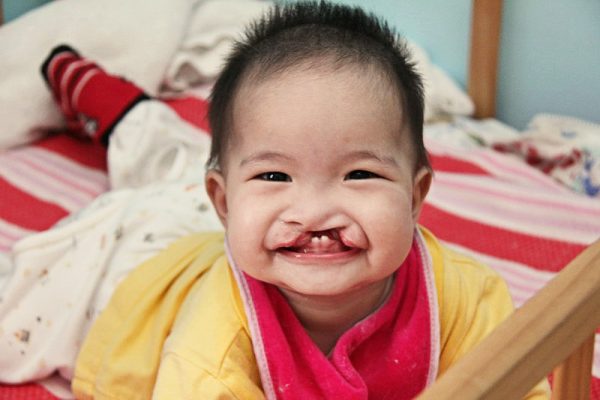
Q: Beyond monthly sponsorship, what other ways can donors help support Love Without Boundaries?
People can also make one-time gifts to help children waiting for surgery or to support any of our programs.
We also love volunteer help, from writing sponsor reports to helping with care plans to sending out thank you notes. We try to find the right fit for every volunteer. We have done trainings in China with physical therapists and special education teachers from the US, and of course our yearly cleft trips include doctors and nurses and other volunteers.
We also do special projects at times, where we need short term volunteer help. Right now, for example, we are finalizing a new teacher resources website in China, so that orphanage teachers can have access to lots of thematic lessons plans for the children in their care. We are looking for teachers and homeschool parents who would be willing to help create materials that could be loaded to this exciting new site.
We also love sharing about the children we are helping on social media, so we encourage people to “like” our page and share the stories which touch their hearts. We have heard from many adoptive families who said they made the decision to adopt a child with a particular special need after seeing a story about one of the children in our care.
I think the amazing thing about the Chinese adoption community is that is truly is just that – a community – and I love that we all rally behind the children and do our very best to bring them hope.
Such a perfect way to finish out 2016 – focusing on the beautiful work LWB is and has been doing since 2003 on behalf of the least of these.
Wishing a very Happy New Year to all of our readers… here’s to 2017 being of the brightest years for family finding and family preservation for these precious, worthy and most vulnerable children.


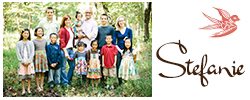























Leave a Reply